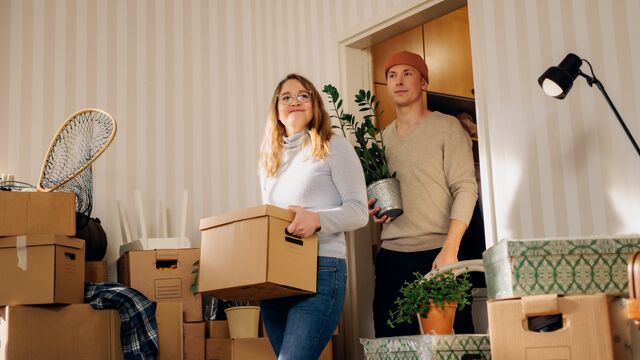The self-financing share is lower for first-time homebuyers
The self-financing share of a home loan means the amount of the purchase price of a home that you can’t cover with the loan – it’s your contribution towards the cost of the home. The amount of the self-financing share depends on whether you’re a first-time buyer or have already owned a home.
First-time home buyers must have savings (in other words, a self-financing share) equivalent to 5% of the price of the home, or a corresponding amount of other collateral. However, if you are taking out an ASP loan to buy your first home, your savings or collateral must cover at least 10%.
If you are selling your old home and buying a new one, you must cover at least 10% of the price of the new home with your own savings or other collateral.
What is the deposit in home transactions?
The deposit is the amount you pay up-front to the seller of a home as a sign of your commitment to buy the home.
Read more about making an offer on a home and paying your deposit
.svg)



